Taipei is bustling, energetic, and loaded with culture and cuisine. It is the ideal place to set off exploring the island of Taiwan and it is a destination that will not disappoint.
As a major metropolis and Taiwan’s capital city, it may seem that three days isn’t long enough to properly see Taipei. However, with a solid idea of what to do in Taipei in 3 days, you can pull of a very successful trip! Follow our Taipei itinerary to make the most of your time there.
Best Time to Visit Taipei
Once you’ve decided upon visiting Taipei, you need to work out when to go. Picking the right time for a trip can have a big effect on how much fun you have. Things like weather, high season, and festivals can all influence what kind of experience you’ll have.
The weather in Taipei is definitely not cold. Instead, you’ll want to watch out for rain, humidity, hot weather, and worst of all, typhoons. All of these elements are at their worst during the summer months of June through August. Additionally, September is typically the wettest month of the year, and at the tail end of the typhoon season.
The best time to visit Taipei is either during spring or autumn. Visit from March to May or October and November and you should find comfortable weather for sightseeing. The winter months of December through February are also not a bad time to visit if you don’t mind cooler weather. A word of caution though: Chinese New Year in February and Golden Week at the start of October, attract a lot of mainland Chinese tourists to Taipei and the rest of Taiwan, making it both a busy and expensive time to be there.
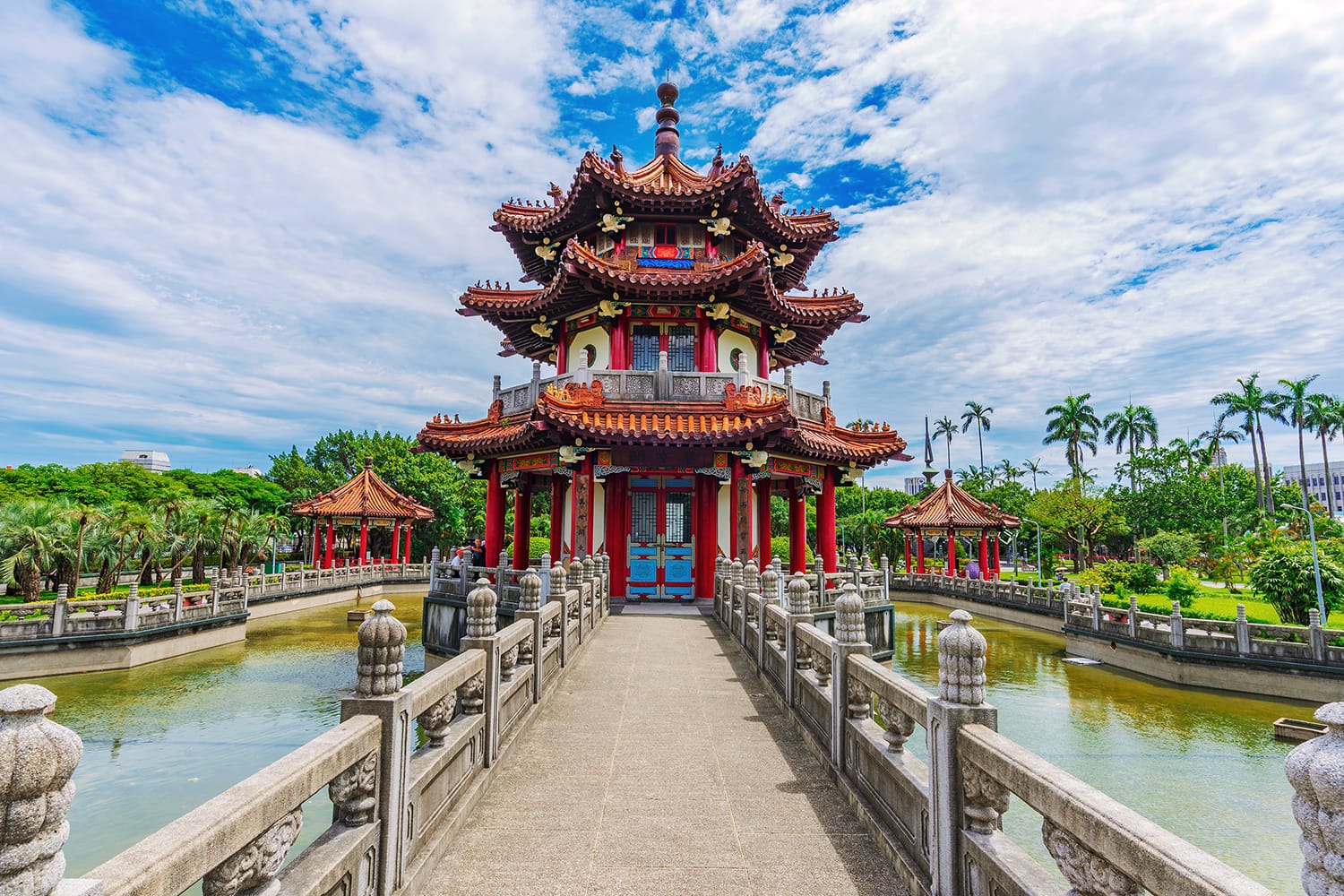
How to Get Around Taipei
Taipei is a massive city. Sightseeing will take you all over, so knowing how to get around is the key to making the most of your time. Walking isn’t a great use of your limited time, so here are some tips for using public transport.
Taipei’s public transport is made up of the metro (MRT) and city buses. The MRT’s 5 and 2 branch lines allow you to quickly get from one side of the city to the other without hassle. The cost of trips on the MRT depends on the number of stops you’re travelling, with a single trip costing between NT$20–65.
The city bus network is much more extensive, with over 300 bus routes and trips costing as little as NT$15. It’s also possible to buy a Taipei Pass, which includes unlimited MRT and bus travel for 1, 2, 3 or 5 days.
Taipei is home to two airports: Taiwan Taoyuan International Airport and Taipei Songshan Airport. Taiwan Taoyuan International Airport is the city’s main airport, and handles nearly all of the city’s international flights. To get from Taiwan Taoyuan, it’s best to take the Airport MRT into Taipei Main Station, the trip lasts around 35 minutes. Alternatively, you can also book a private transfer to your hotel here.
Taipei Songshan is mostly used for domestic flights, charter flights, and flights to a handful of destinations across East Asia. Situated in the city center and with a stop on the Wenhu MRT line, it couldn’t be easier to get from the airport to your hotel.
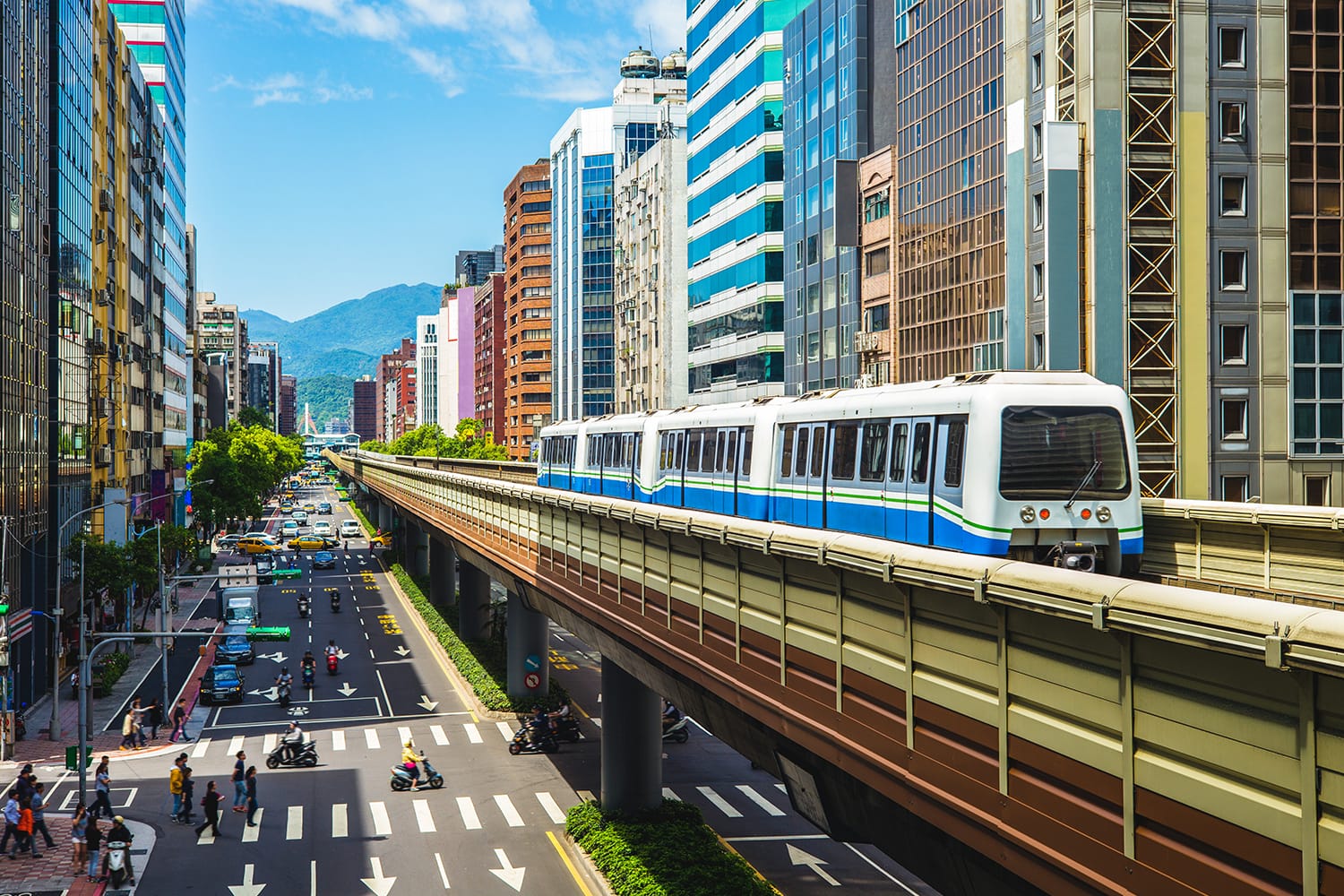
Where to Stay in Taipei
Understanding where to stay in Taipei may be one of the trickiest parts of your trip planning process. Because of how large Taipei is, if you choose the wrong place you might end up miles from the action, even with the city’s excellent MRT to help you get around. For first time tourists to the city the best places to stay in Taipei are typically in the central districts of Zhongzheng, Zhongshan, and Wanhua, as well as Xinyi which is a little further out.
To treat yourself during you stay in Taipei, the W Taipei Hotel is a superb choice. This five-star hotel in the Xinyi District boasts impressive views of Taipei 101, a gym, a restaurant, and staff who go above and beyond for you.
For those after a suitable mid-range option, the Royal Biz Taipei Hotel manages a balance between comfort and cost. This three-star hotel features a fitness center and is conveniently located in the middle of the city, with quick access to the MRT.
Be sure to also look at Airbnb for affordable rooms and apartments. For recommendations, check out our list of the best Airbnbs in Taipei.
Cheap accommodation is plentiful in Taipei thanks to places like Flip Flop Hostel – Garden. With affordable dorms and private rooms also available, free breakfast, and a central location, Flip Flop Hostel is ideal for backpackers looking to get the most for their money.
For more accommodation options in Taipei check out Booking.com. They continuously offer the best rates and their custom service is on point.
The Perfect 3-Day Taipei Itinerary
You’ll have plenty of time to experience the best of Taipei with three days in the city. Rather than rushing from one spot to the next, our Taipei travel itinerary will help you properly savor the city and make the most of your visit.
You’ll get to see the main districts of the city center, including the Zhongzheng, Xinyi, and Zhongshan districts, and discover many of Taipei’s most important attractions and landmarks.
However, before we get to our Taipei itinerary and the best places to visit in Taipei, we just wanted to remind you to purchase travel insurance. You never know what will happen and, trust us, you do not want to get stuck with thousands of dollars in medical bills. As a wise man once said, “If you can’t afford travel insurance, you can’t afford to travel.” So don’t leave home without it.
SafetyWing offers travel insurance for only about $10 a week, making it a no-brainer to get. You can get a quick, non-binding quote below:

SafetyWing is, of course, not the only option available. Two other popular alternatives are World Nomads and Heymondo.
Now that we’ve covered that important matter, let’s delve into the best things to do in Taipei. With this Taipei itinerary as a guide, you should have no trouble fitting it all in as you experience Taipei in 3 days.
Taipei Itinerary: Day 1
Your first day in Taipei focuses mostly on major attractions in the central districts of Zhongzheng, Wanhua, and Xinyi, starting your visit off with some of the city’s highlights.
Liberty Square
A great place to start your sightseeing in Taipei is at the enormous public plaza, Liberty Square. In many ways the main square of the city, it’s interesting because of the monumental landmarks that sit around each of its sides.
Positioned opposite each other like mirror images there are nearly identical pavilions for the National Concert Hall and National Theatre. It’s not uncommon to see locals practicing dances under these temple-inspired buildings. Then there is the equally grand sight of the Liberty Square Arch at the square’s western entrance. Before getting to the final side of the square, it’s worth visiting the peaceful gardens and ponds around the edges of the square as they’re a pleasant place for a stroll.
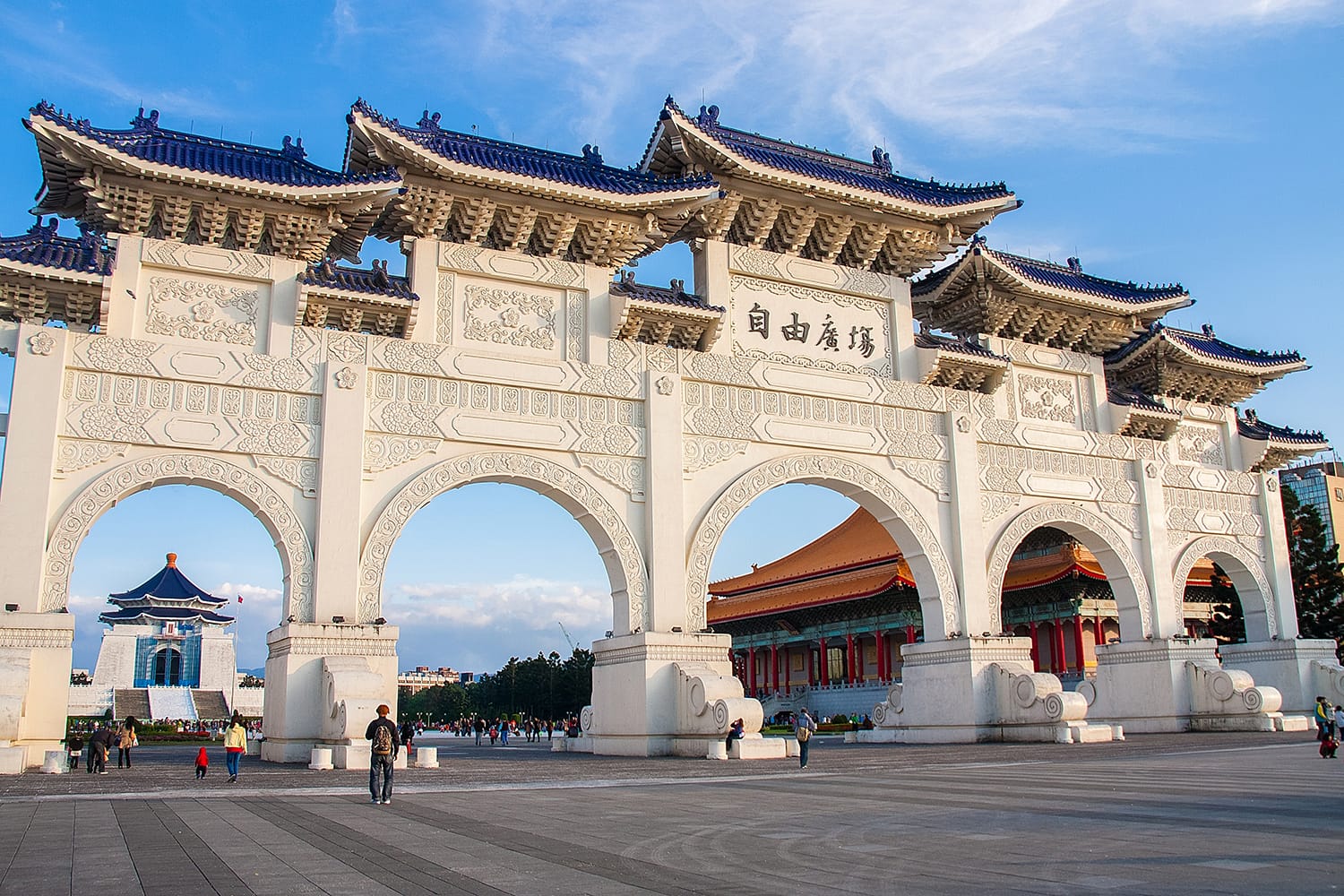
National Chiang Kai-shek Memorial Hall
Looming large on the last side of Liberty Square is the National Chiang Kai-shek Memorial Hall. This colossal national monument is hard to miss, it has a pair of staircases leading to high marble walls, topped with a blue, geometric roof. The landmark is dedicated to Generalissimo Chiang Kai-shek, a former President of the Republic of China. In fact, the hall and the entire square were built in honor of President Chiang Kai-shek after his death in 1975.
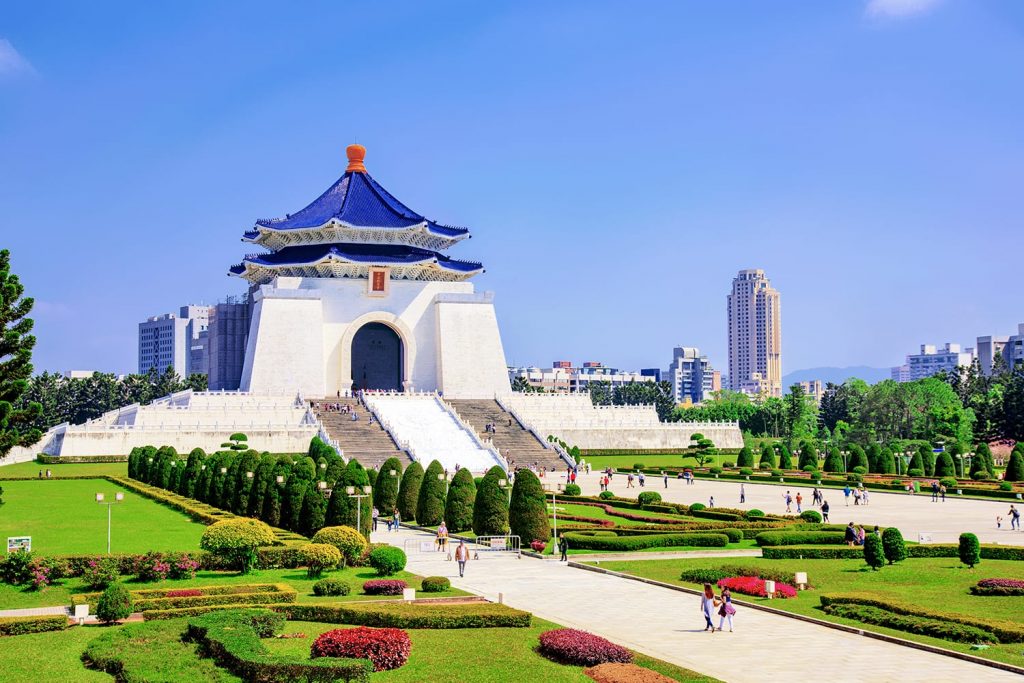
Once you climb the 89 steps, which commemorate the former president’s age before passing, you’ll be met with a cavernous hall. Here you’ll see a giant statue of President Chiang Kai-shek and an incredibly ornate ceiling. Down on the ground floor there’s a museum that details the life and work of the former president.
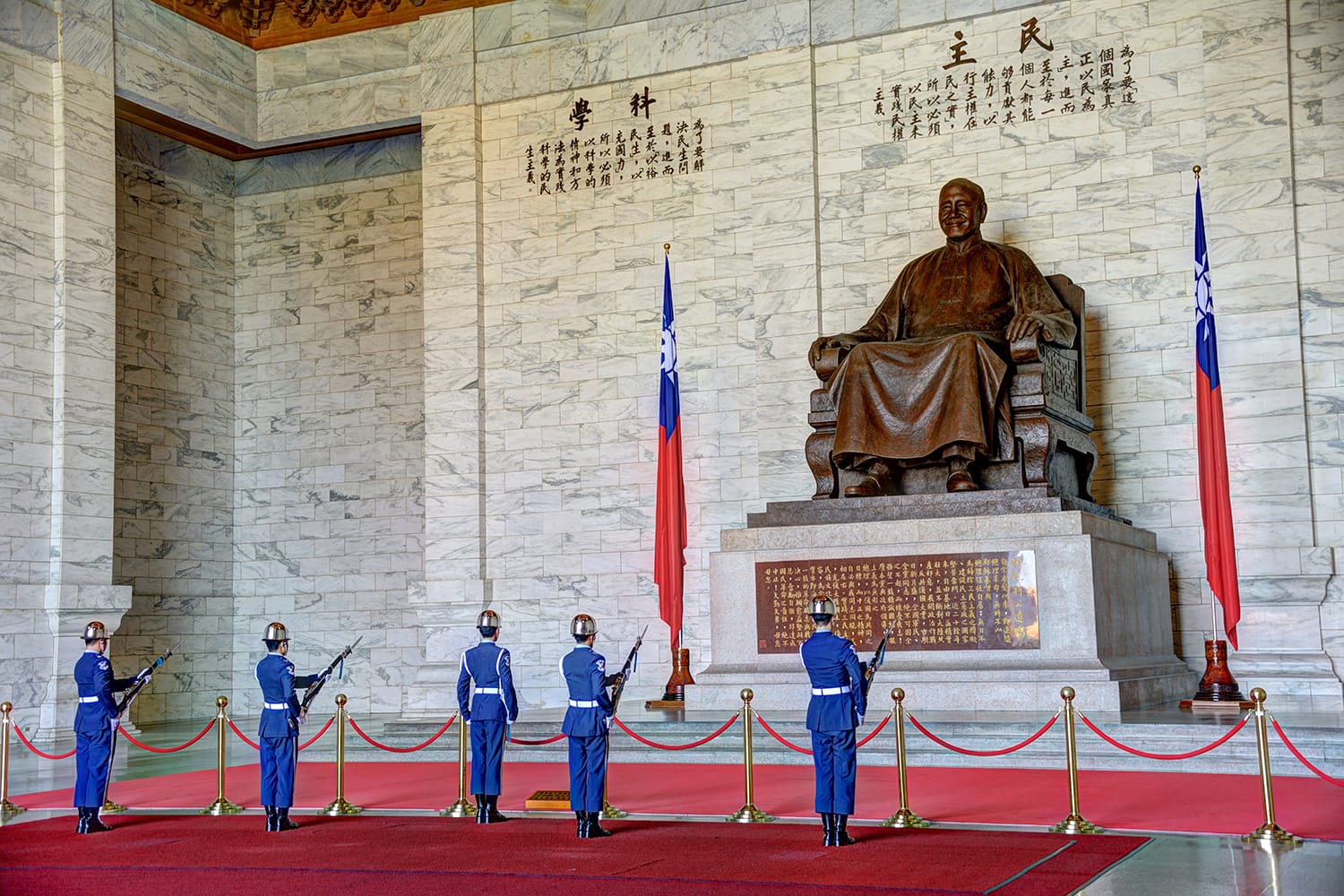
Longshan Temple
There’s no shortage of temples in Taipei, but one of the most important is the Longshan Temple in the Wanhua District. Built in 1738, the temple is a Buddhist/Taoist place of worship and also pays homage to other Chinese folk gods such as Mazu. As such, it’s the perfect place to gain a little insight into the religions of Taiwan. Take your time to appreciate the incredible level of detail on display in the woodwork of the doors and pillars.
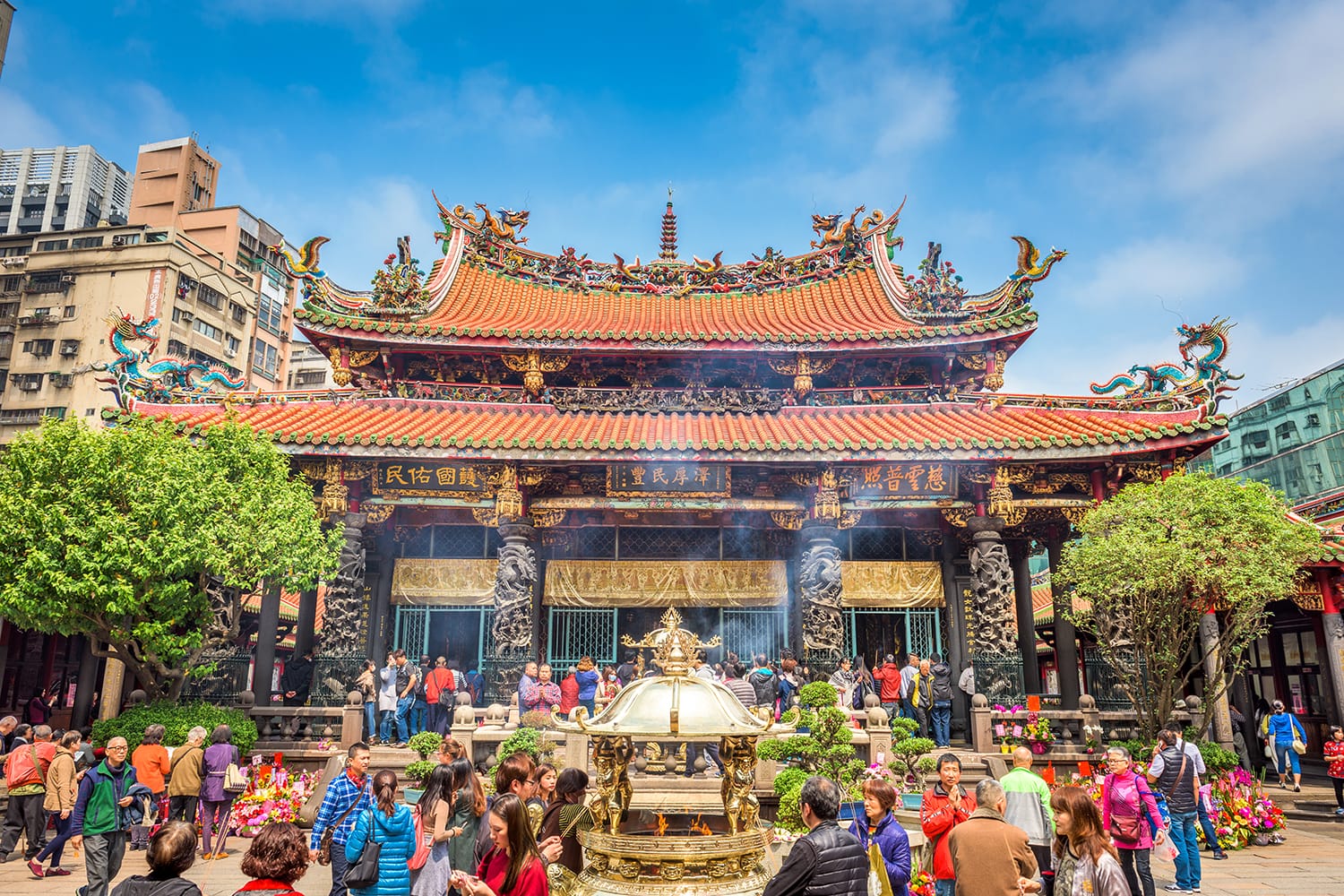
Ximending
If there’s one part of Taipei where you could easily lose track of time, it’s the neighborhood of Ximending. The city’s first pedestrian zone, Ximending is known for its shopping streets and endless entertainment opportunities. Those in need of some retail therapy will have a blast wandering around Ximending looking at all the stores and street stalls.
The neighborhood is also a major center for pop culture, movies in particular. Not only are there half a dozen cinemas in this small pocket of the city, there’s also the Taipei Cinema Park. Here the walls of surrounding buildings are covered in movie-themed street art and outdoor cinemas are occasionally held.
Interestingly, one of Ximending’s most progressive areas surrounds its most traditional. The Red House is a heritage building dating back to 1908. The building is now used as an arts and crafts market. And yet, surrounding the Red House is the city’s main Pride District, with a string of local LGBT bars forming a ring around it.
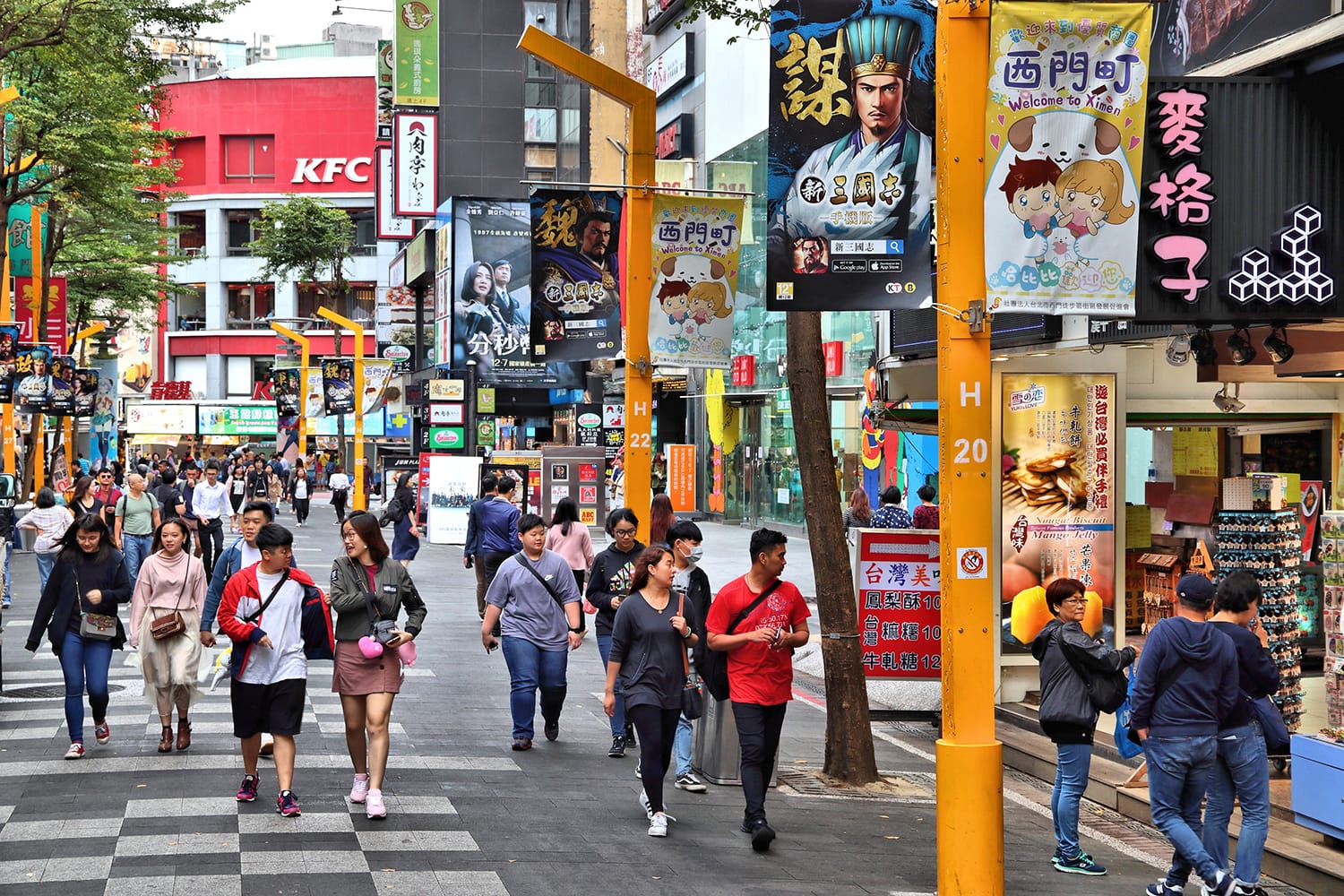
Taipei 101
Easily Taipei’s most famous landmark, no trip to Taipei is complete without a visit to Taipei 101. From 2004 to 2010, Taipei 101 was the world’s tallest building until the Burj Khalifa in Dubai was built and took the title. The 509-meter skyscraper still dominates the city’s skyline and has become an icon of Taipei. The unusual shape of Taipei 101 is said to be inspired by traditional elements like pagodas and bamboo, an inspiration that was also applied in the slight green tint to the skyscraper’s glass.
The tower is made up of 101 floors, thus its name. It’s on the 89th to 91st floors that you can find the observation decks. Up there, you’ll find far-reaching views of this sprawling city and the mountains at the horizon.
You can buy skip-the-line tickets to the observation deck here.
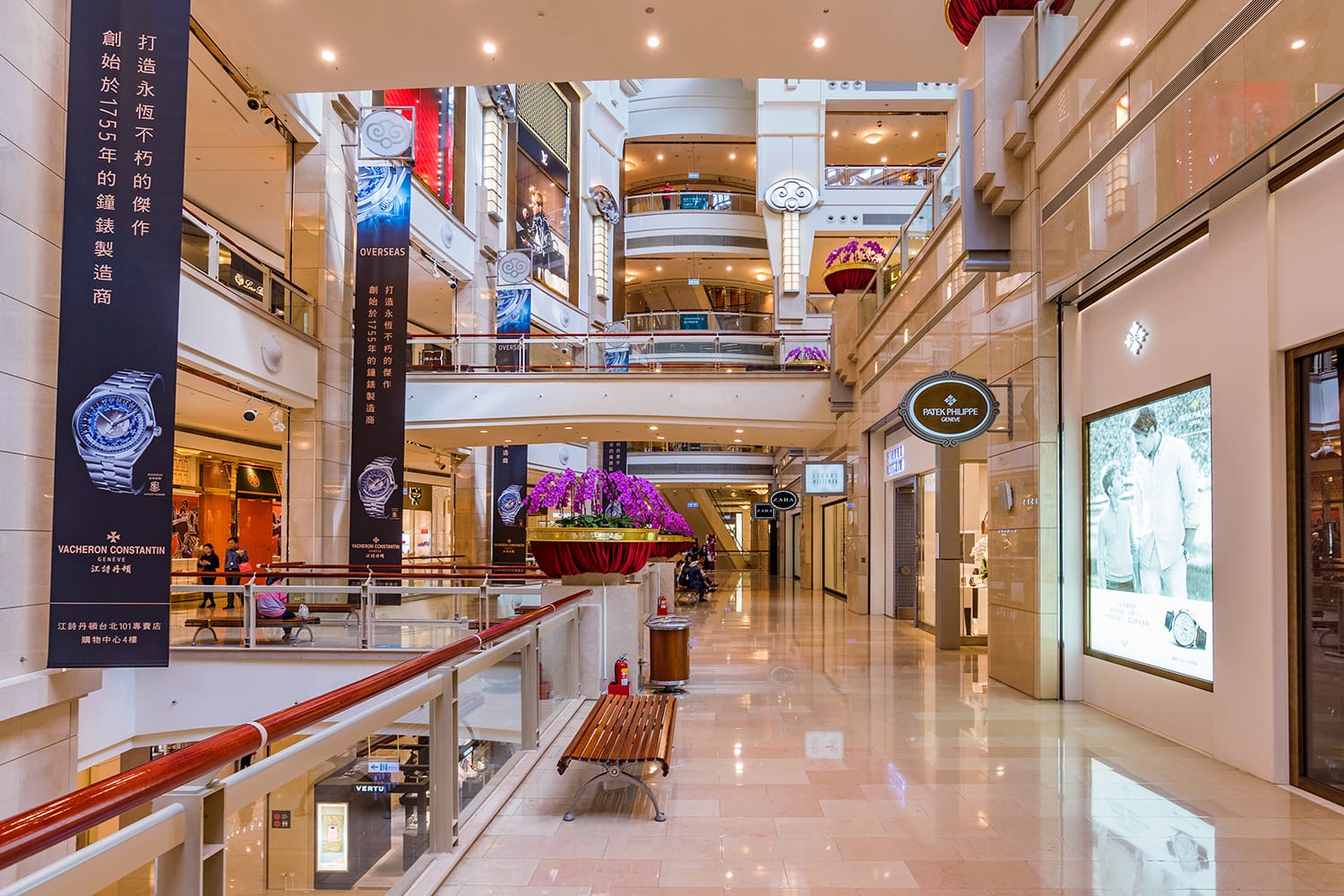
Elephant Mountain
The only problem with taking a trip up Taipei 101 is that you can’t appreciate the unique design of the building itself. To fully admire this architectural gem and its place in Taipei’s skyline, it’s best to take a hike up nearby Elephant Mountain. To reach Elephant Mountain, Xiangshan in Taiwanese, follow the trails from near Xiangshan Park that lead up into the mountains. You’ll be tackling a lot of stairs on your way up, but the views from the mountain’s many terraces are well worth it. Elephant Mountain isn’t just a panoramic viewpoint, it’s also home to a handful of temples tucked away within its dense forest.
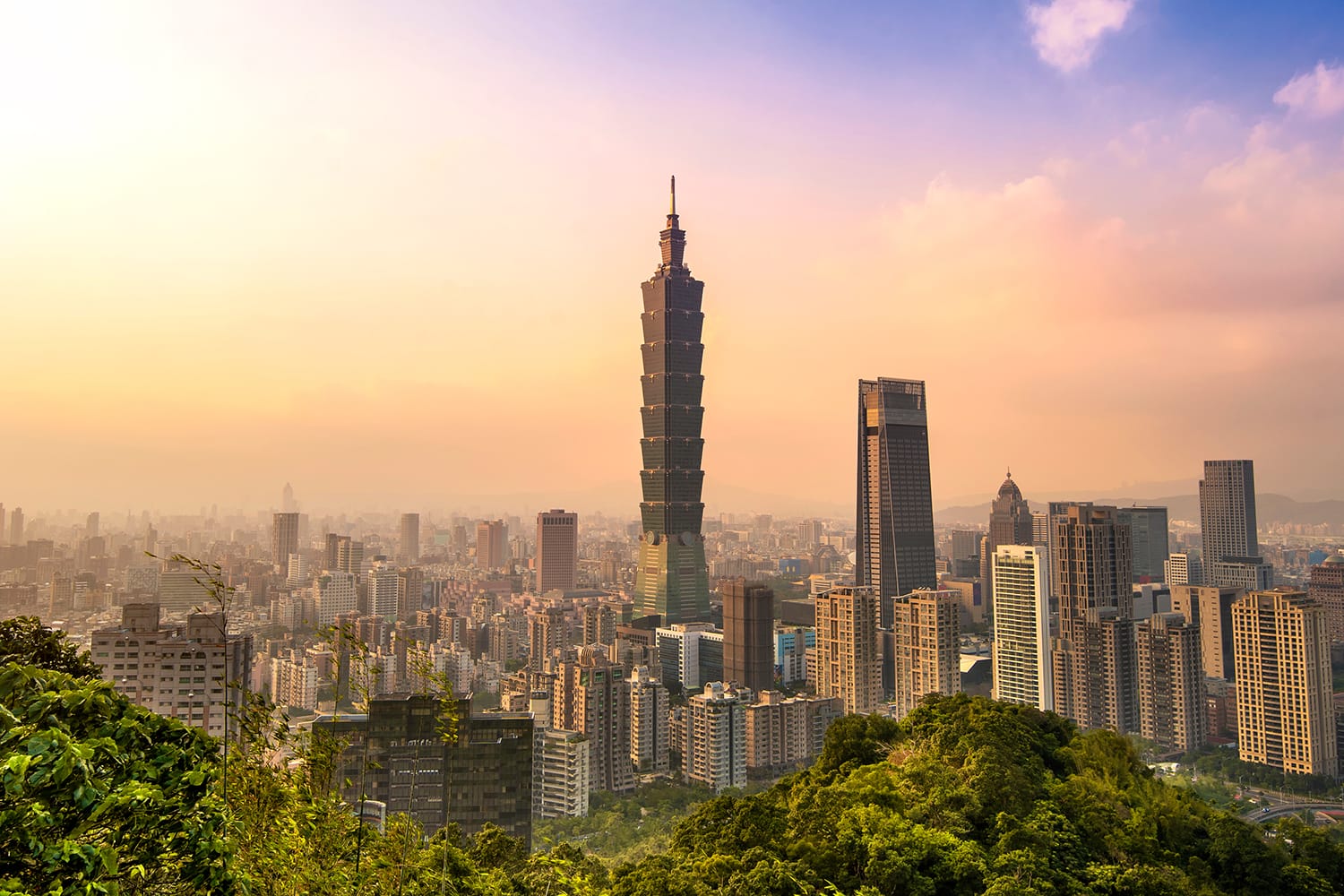
Shilin Night Market
One of the best things to do in Taiwan is to pay a visit to the island’s famous night markets such as the Shilin Night Market in Taipei. Shilin is not just the biggest night market in Taipei, it’s also the largest in Taiwan and is home to an unforgettable array of street food for you to try out. Try as many different dishes as you can, but if you’re feeling overwhelmed a good place to start is with the Taiwanese classics: stinky tofu, scallion pancakes, and sticky rice sausage.
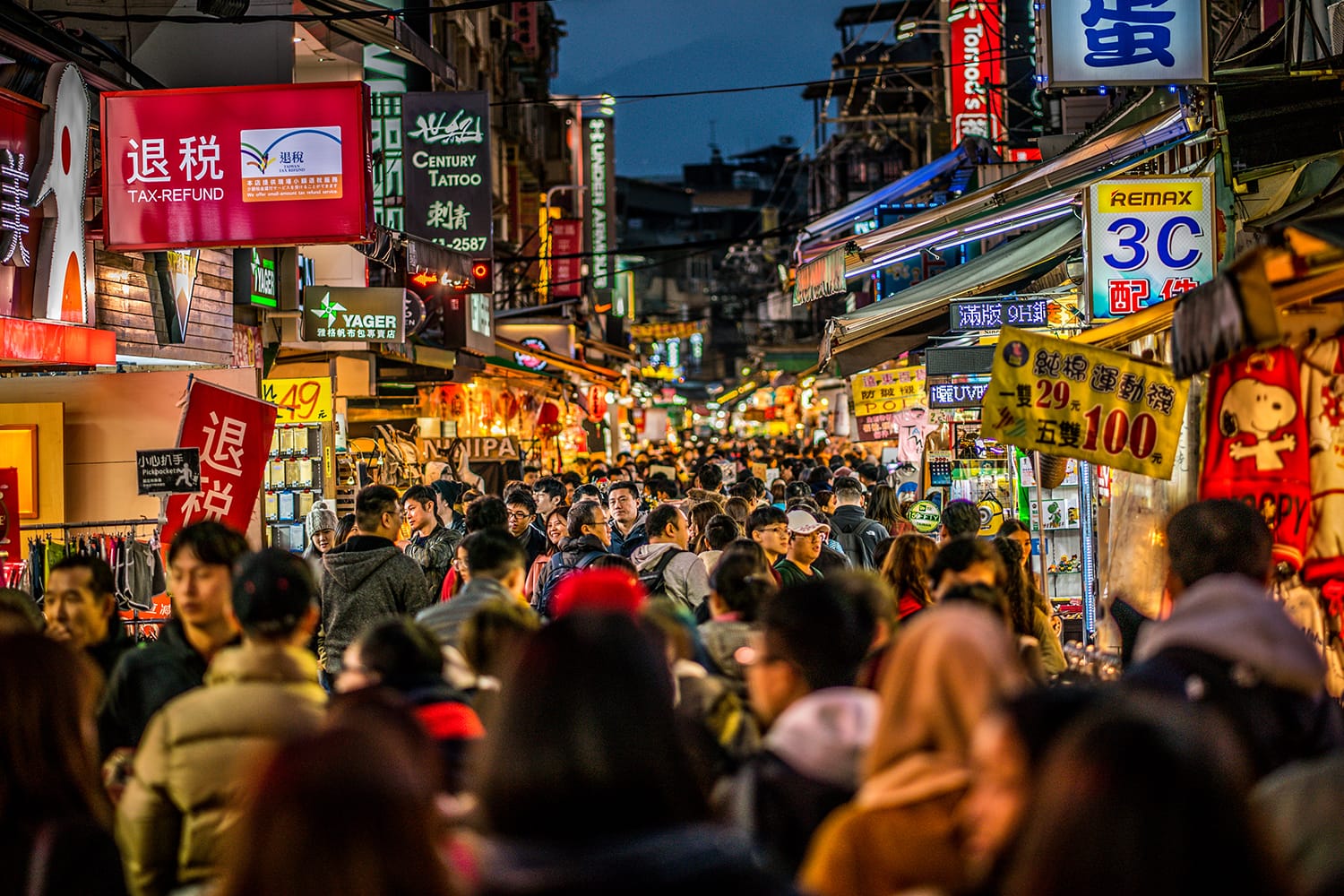
Taipei Itinerary: Day 2
Now that you’ve seen some of the most famous sights in Taipei, it’s time to dig a little deeper. On your second day, you’ll find plenty of landmarks and attractions that highlight the culture and history of Taipei.
National Palace Museum
Despite the modern tensions between Taiwan and the People’s Republic of China, they both share a history. It’s that history that is on display in Taipei’s National Palace Museum, an immense collection of ancient Chinese imperial artifacts and artworks. During the Chinese Civil War, this collection of ancient pieces was removed from the Beijing Forbidden City and brought to Taipei.
The permanent collection inside the National Palace Museum includes almost 700,000 pieces that document 8,000 years of Chinese history. The artifacts and artwork on display span from the Neolithic age up to the modern era, many of which were collected by the emperors of China. Among the items on display you’ll see calligraphy, statues, ceramics, and more, including famous items like the Jadeite Cabbage.
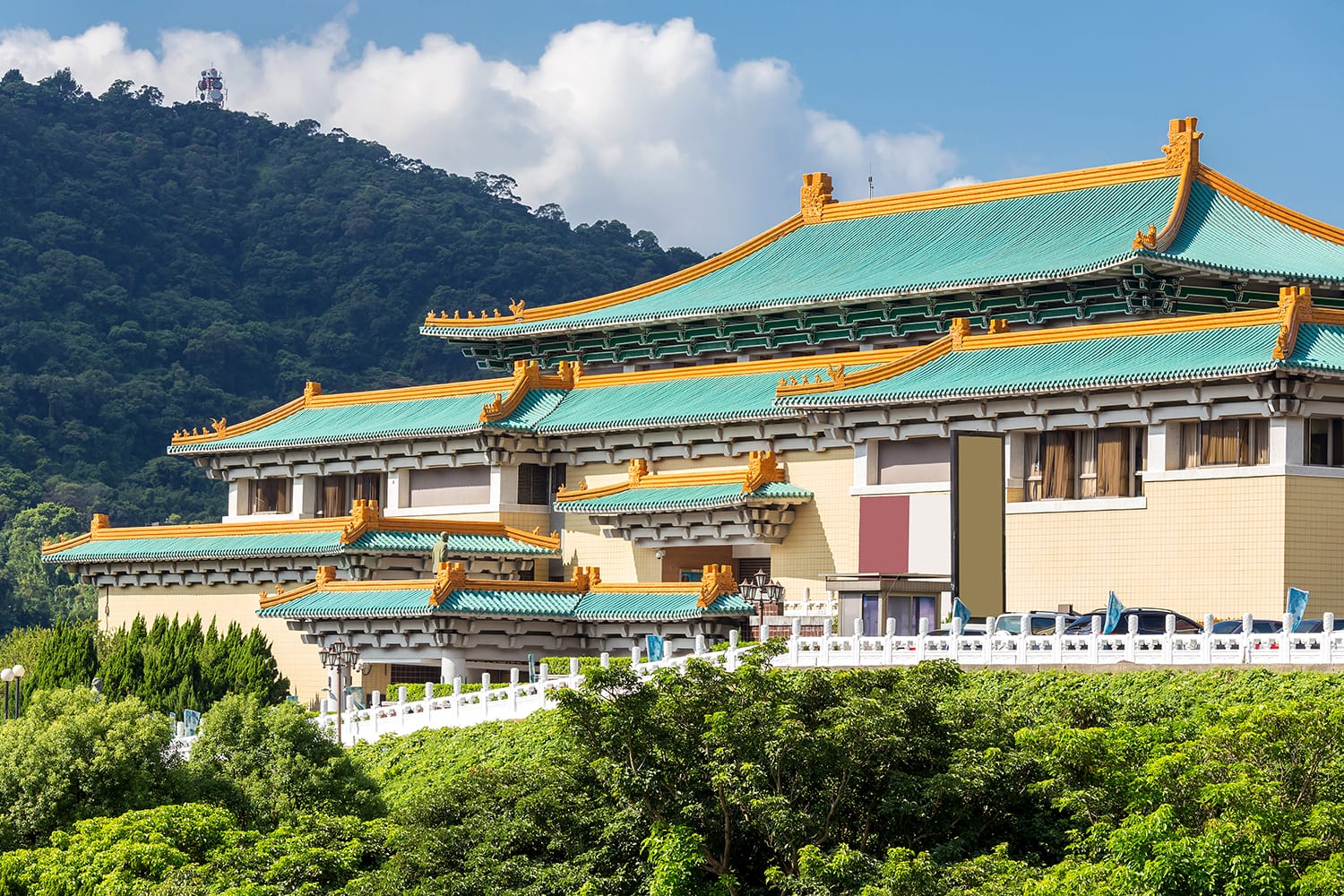
National Revolutionary Martyrs’ Shrine
The National Revolutionary Martyrs’ Shrine in Taipei is an impressive shrine that commemorates the soldiers of the Republic of China who died during the Chinese Civil War. The biggest draw for many visitors is the ceremonial changing of the guard. But don’t leave once the event is over, the ornate Chinese architecture of the shrine deserves some attention as well.
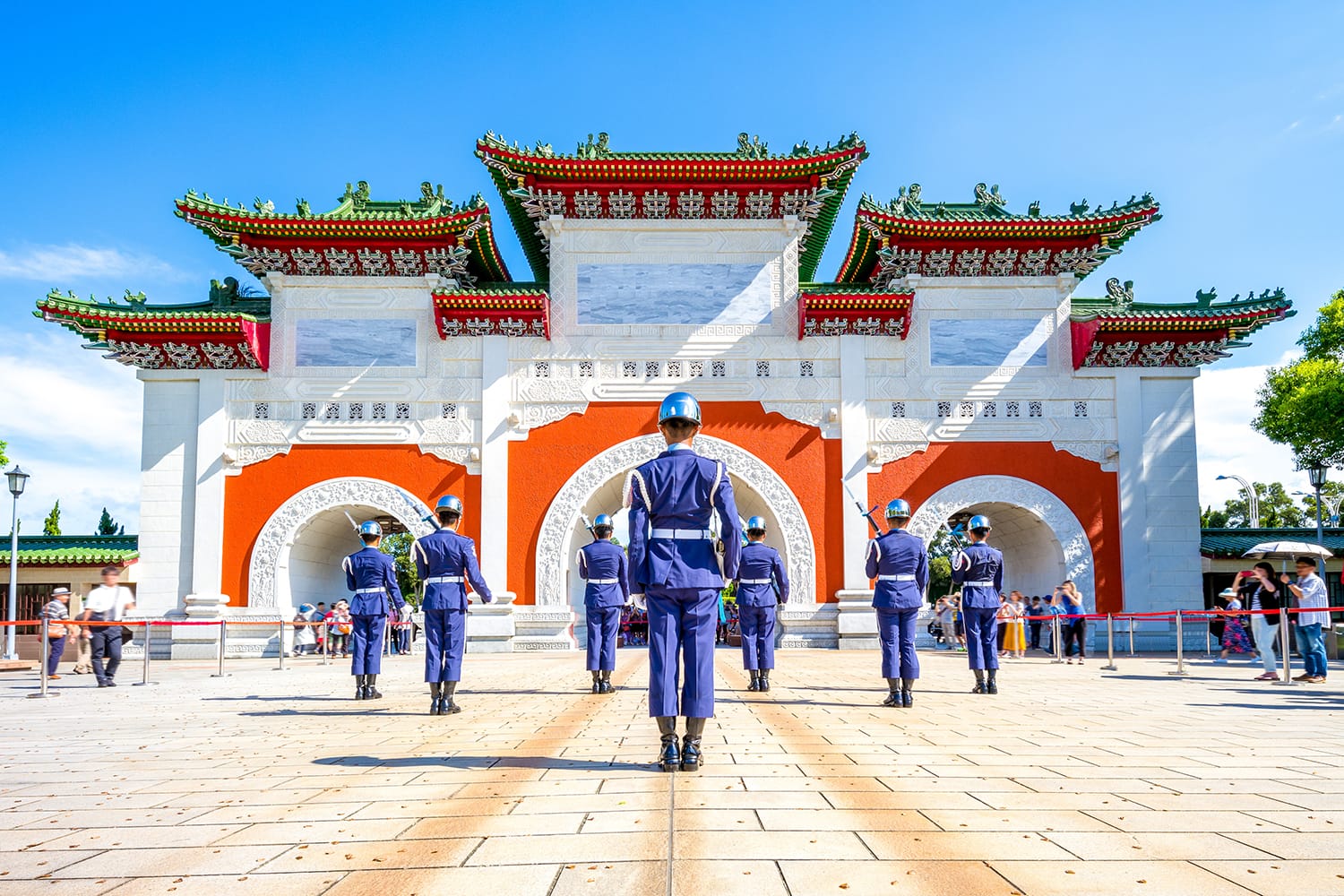
Lin An Tai Historical House
Back across the Keelung River, the Lin An-Tai Historical House & Museum is a chance for travelers to see what traditional Taiwanese houses were once like. Built over 160 years ago, it is one of the few preserved houses of its kind in northern Taiwan. The house was built for a Chinese trading family called the Lins and was built in the Fujian courtyard style. Moving past the crescent-shaped pond in front of the house you’ll find many intricate carvings in its design. The carvings include six dragons that represent the six sons of the Lin family.
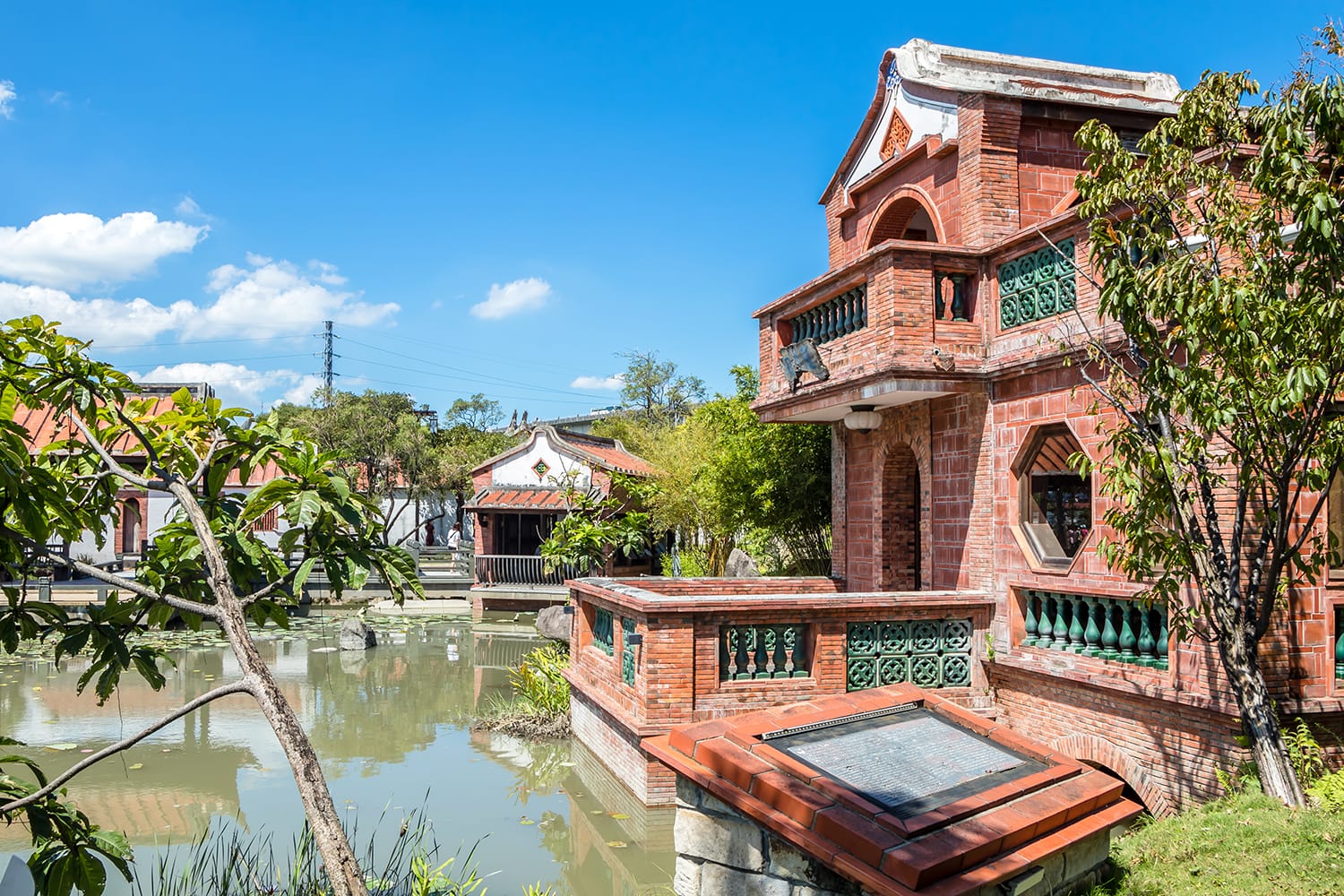
Taipei Fine Arts Museum
For those interested in modern art, a trip to the Taipei Fine Arts Museum by the riverfront is definitely in order. Since 1983, this museum has worked to highlight Chinese modern art, while also holding temporary exhibitions showcasing international pieces. It is one of the most high-profile art museums in Taiwan and also hosts the Taipei Biennial, a festival that continues to grow and grow.
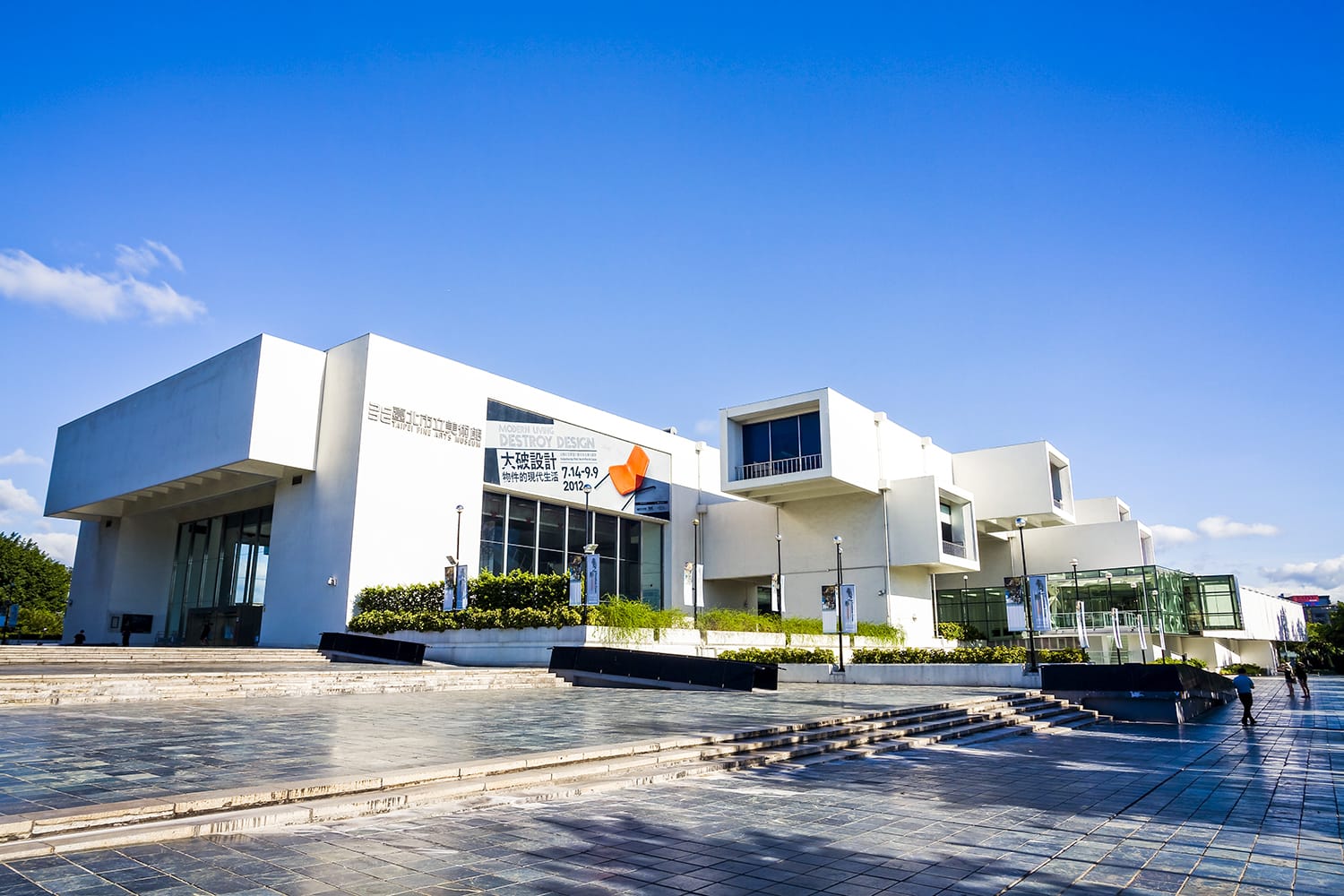
Bubble Tea Break
A great place to take a break from sightseeing is at one of Taipei’s many bubble tea shops. While you can get this now-common drink around the world, bubble tea originated in Taiwan and is still incredibly popular there. You won’t have much trouble finding bubble tea shops in Taipei, with Ten Ren’s Tea and Chun Shui Tang being two of the largest brands. Whether you try the original pearl milk tea or something more exotic, it’s another opportunity to treat your tastebuds to Taiwan’s food scene.
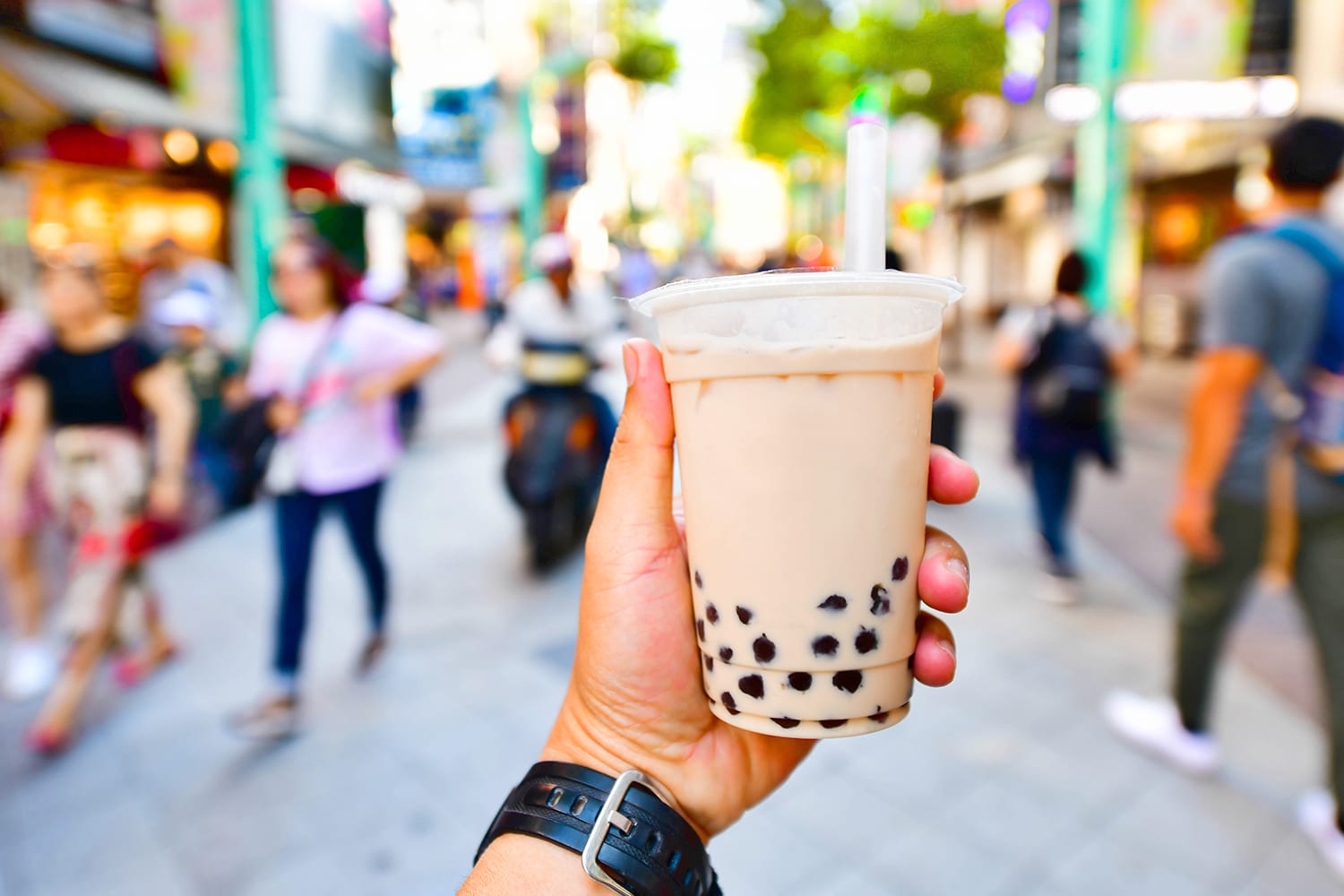
Dalongdong Baoan Temple
Not far from the Taipei Fine Arts Museum, this is another historic temple dedicated to the Taiwanese folk religion. There are concepts like Feng Shui and Confucian principles at play in its deliberate and ornate design. Take your time to appreciate the meticulous design in elements like the stone lions and dragon columns as well as the vivid murals on the walls.
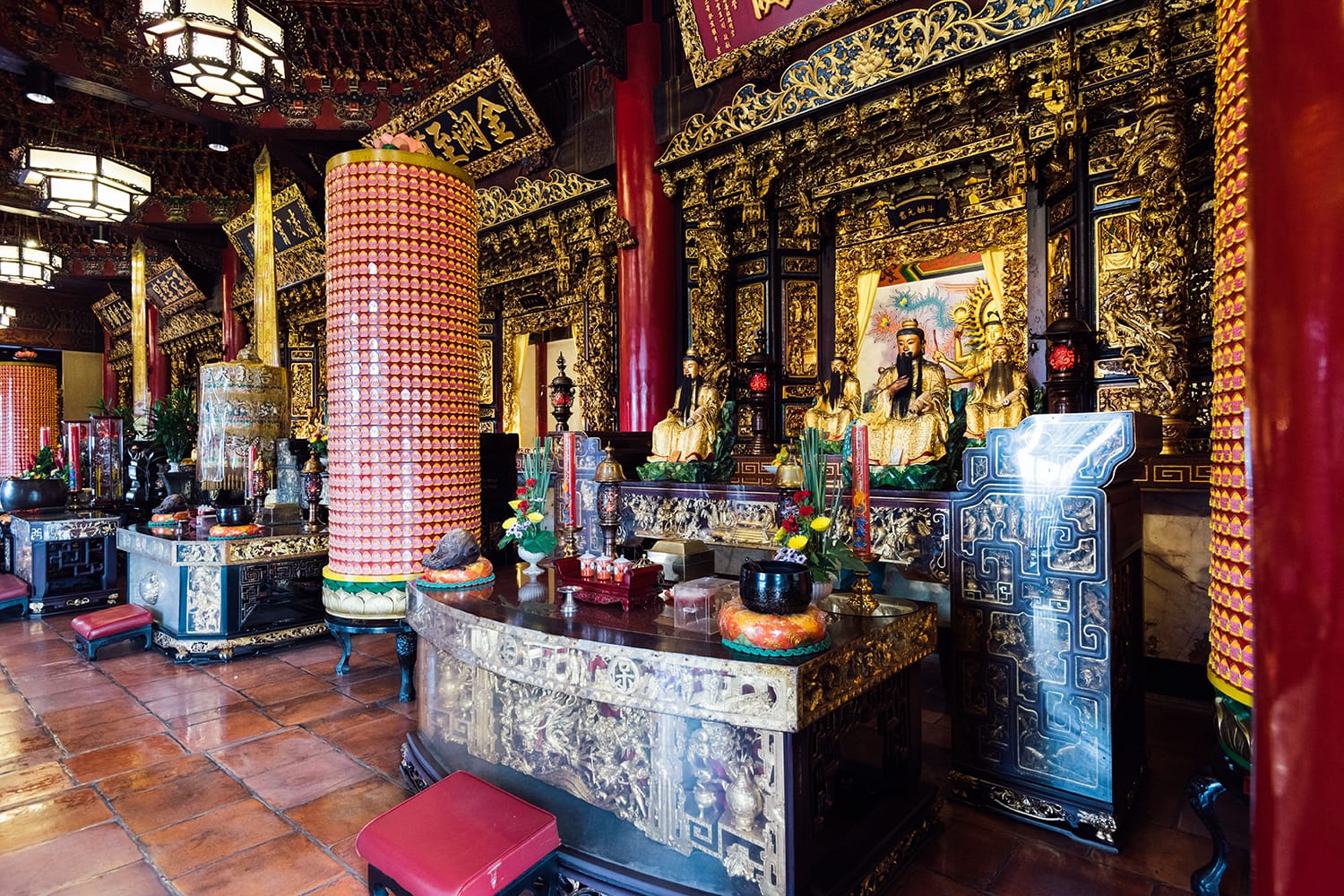
Huashan 1914 and Songshan Creative Parks
Taiwan is quite fond of the idea of creative parks, an initiative which takes disused areas, reclaims, and converts them into artistic spaces. Two of the best in Taipei are the Huashan 1914 Creative Park and the Songshan Cultural and Creative Park. Inside each of these creative parks you’ll find exhibits, venues, and trendy options for food and drinks.
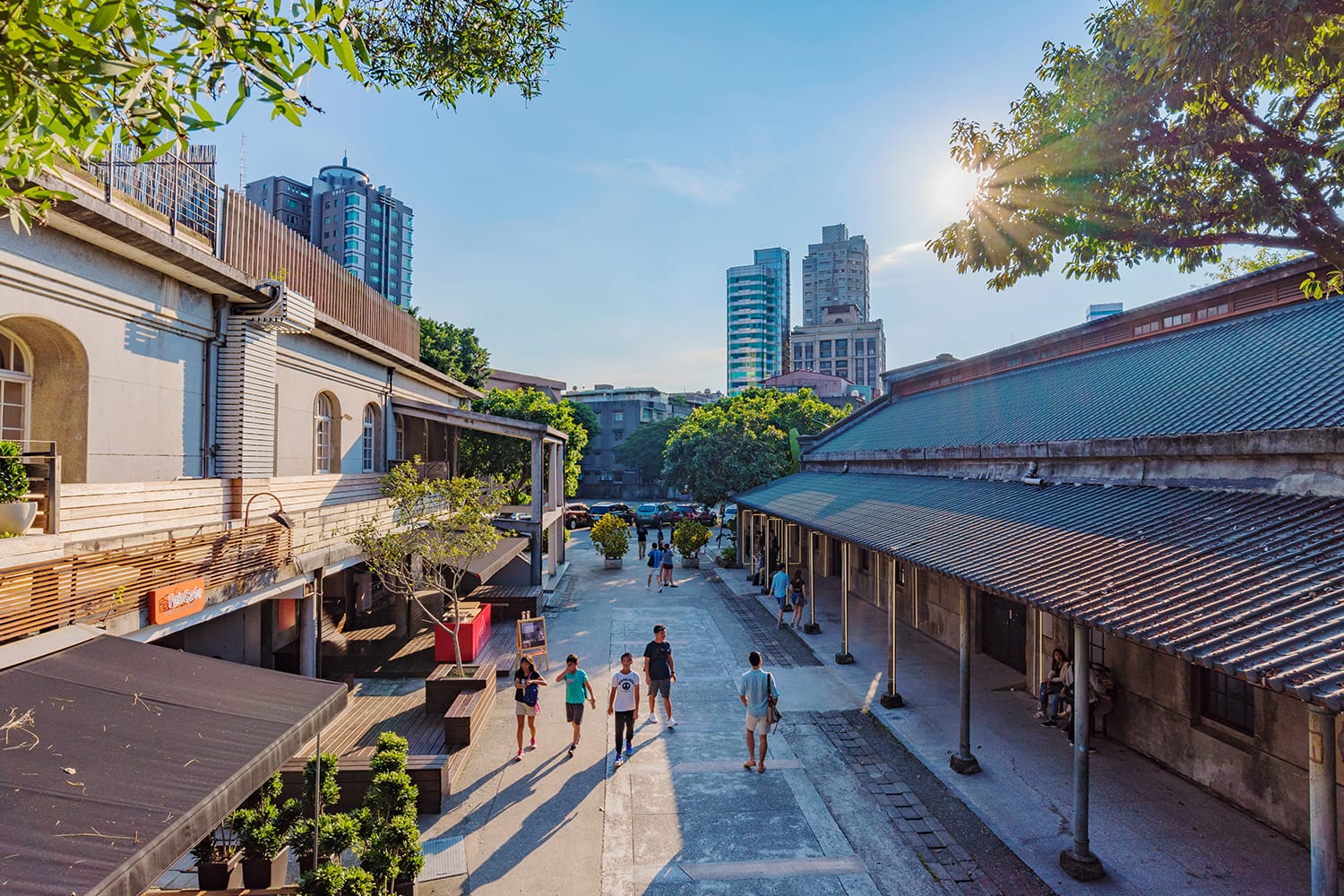
Taipei Itinerary: Day 3
For the last of your 3 days in Taipei, it’s a good idea to leave the city behind and head out to Taiwan’s other fantastic destinations. Even though you could easily spend more time in Taiwan, you won’t want to pass up the opportunity to do one of these Taipei day trips.
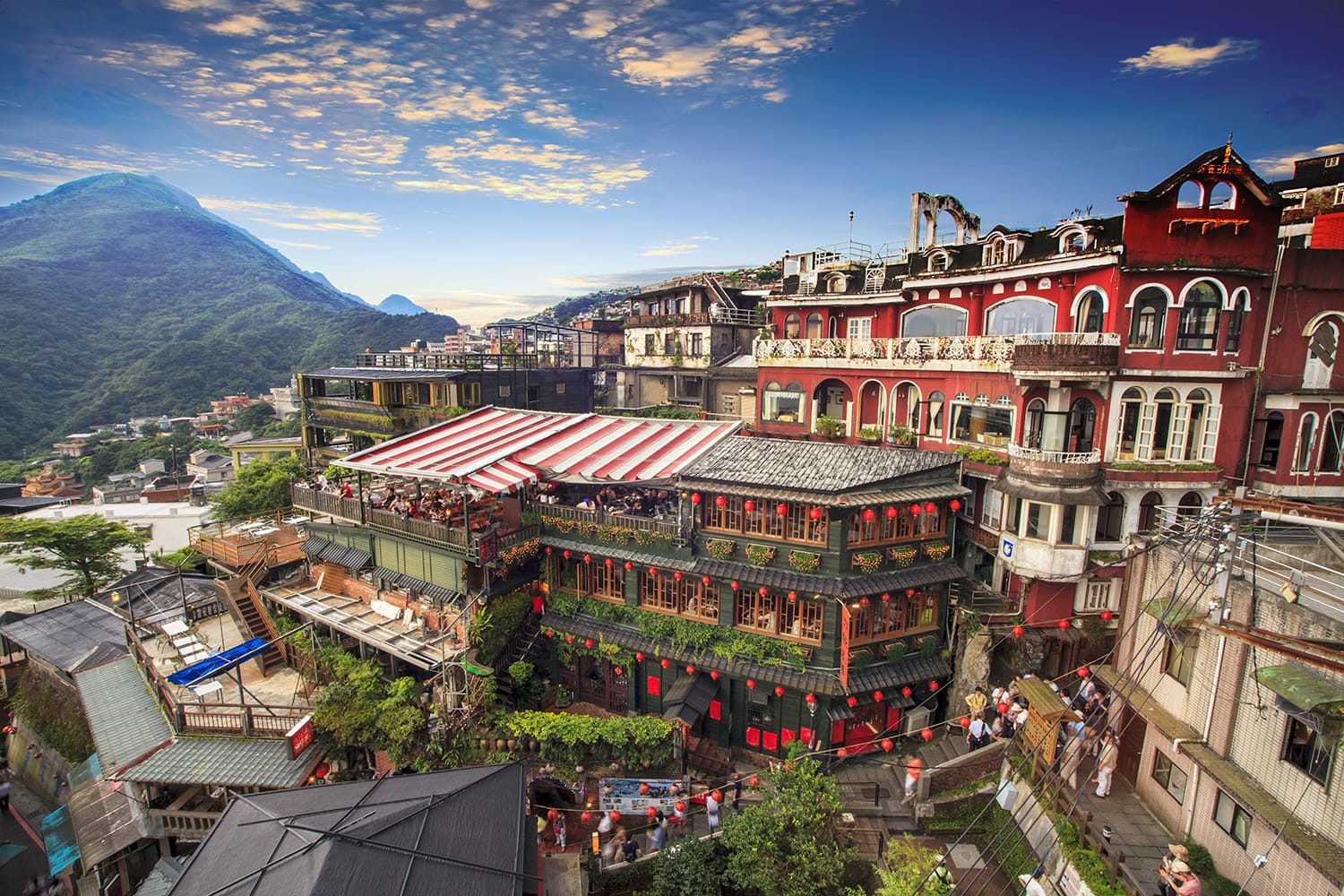
Option 1: Jiufen
Rather than visiting other big cities in Taiwan, the best day trips from Taipei take you to smaller destinations like Jiufen. In Jiufen, and it’s little brother Jinguashi, you get to see what one of Taiwan’s traditional mining towns is like.
Jiufen is found in the mountains east of Taipei and made its name for gold mining. Today the town is popular with tourists who come to see its old-fashioned way of life. The town is full of narrow alleyways, packed with street-food stalls, souvenir shops, and most importantly, teahouses.
One teahouse in particular, the A-Mei Teahouse, has become a popular landmark for tourists because of how eerily similar it looks to the bathhouse in the famous anime movie Spirited Away. Other attractions to look for include the Shengping Theater near Jiufen Old Street and the town’s Gold Mining Museum which will help you understand how the town first got started.
You can book a day tour to Jiufen here.
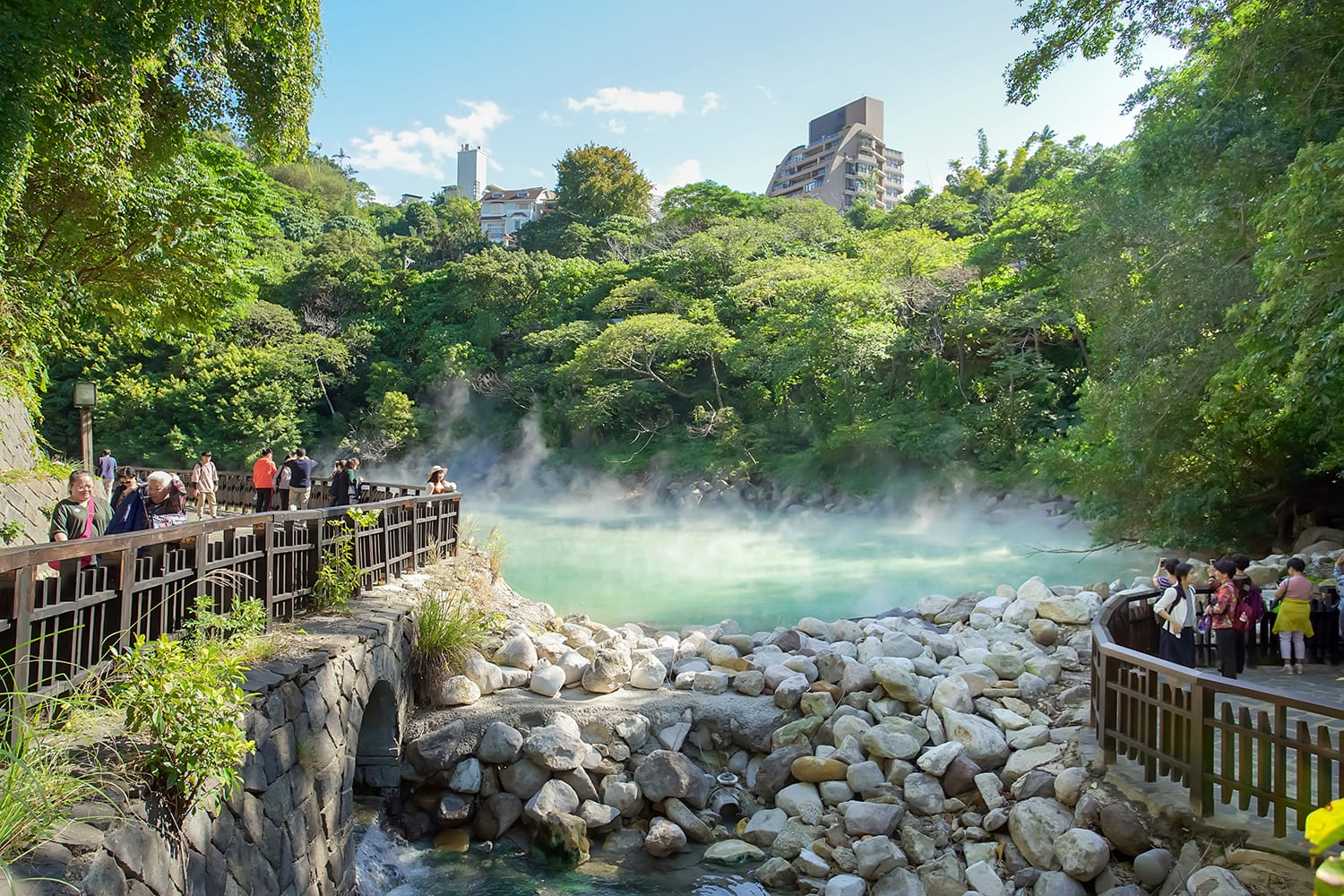
Option 2: Beitou
While they may not be as well-known as Japan’s hot springs, Taiwan has its fair share of hot springs worth visiting. From Taipei, the easiest to visit are the ones in Beitou, which is a suburb of the city.
Resting at the foot of the volcanic mountains of Yangmingshan National Park, Beitou benefits from the thermal activity created under the national park. The easiest way to see this with your own eyes is to head down to Beitou Park where a thermal creek flows from one of the town’s hot springs. If you venture further uphill you’ll find more acidic sulfur hot springs in Thermal Valley, dramatically nicknamed Hell Valley. From the observation decks there, you’re treated to some great views of steam rising from the volcanic waters.
If you’re curious about the springs and their local history, it’s best to make your way to the Beitou Hot Spring Museum. There, inside a preserved bathhouse, you can learn more about the history of Beitou and how the Japanese introduced their culture of bathhouses to the area. If you’d like to visit one of the bathhouses for yourself, you’ll find many hot spring venues, with the Beitou Public Hot Spring or Longnice Hot Spring being two of the most well known.
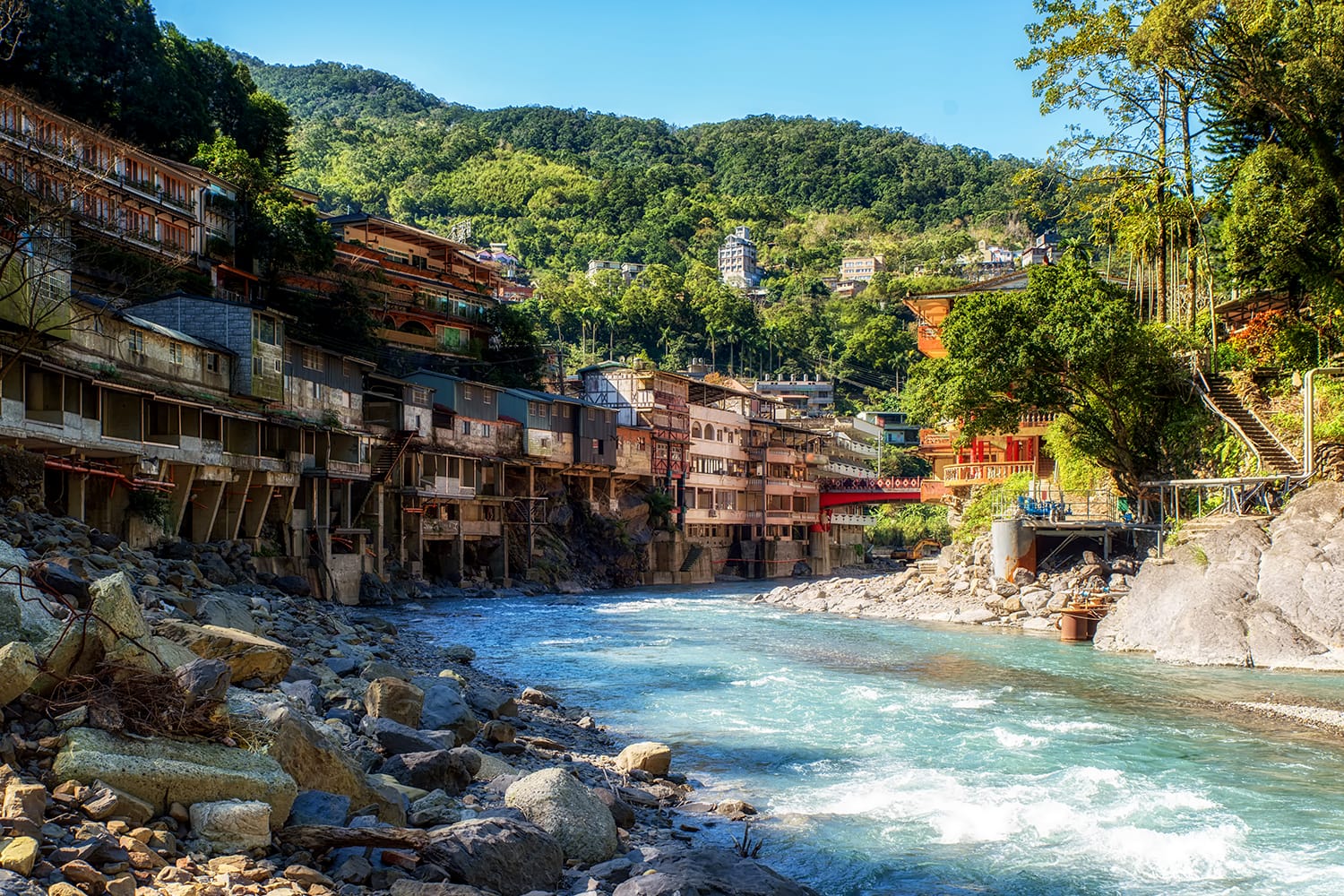
Option 3: Wulai
Found due south of Taipei, Wulai is hidden away up in Taiwan’s mountains. Surrounded by lush green mountains and sitting along a scenic riverfront, the town is a change from the busy urban jungle you’ve spent two days exploring. It is also home to one of the many aboriginal communities of Taiwan, in this case the Atayal Tribe. If you’re curious to learn more about the indigenous cultures of Taiwan and the Atayal people in particular, visit the Wulai Atayal Museum.
To really experience the natural riches of Wulai, you’ll need to spend some time following the river out of town. You could stick around in Wulai and visit some of the town’s hot springs, but there’s even more to be found upstream. Taking a riverside walk, it won’t be long before you reach the powerful Wulai Falls, the first of many you can encounter. Reaching others will mean setting out on some of the local hiking trails, but that too can be a nice change of pace from your time in the city.
That concludes your journey through the metropolis of Taipei and its many sights. Your 72 hours in Taipei is sure to fly by thanks to all the great things you’ll be seeing and doing on your trip.
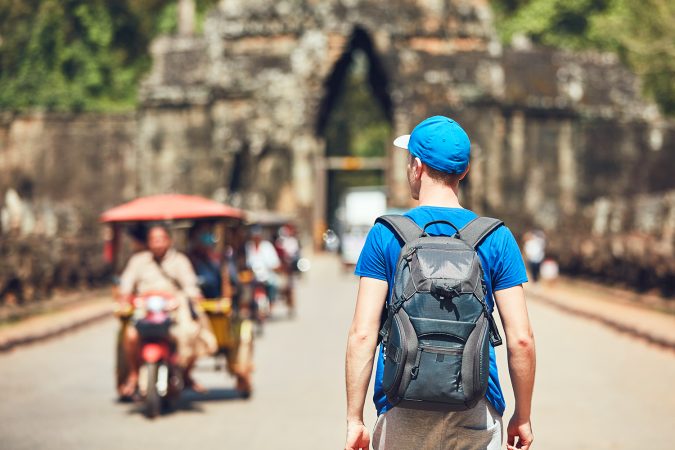
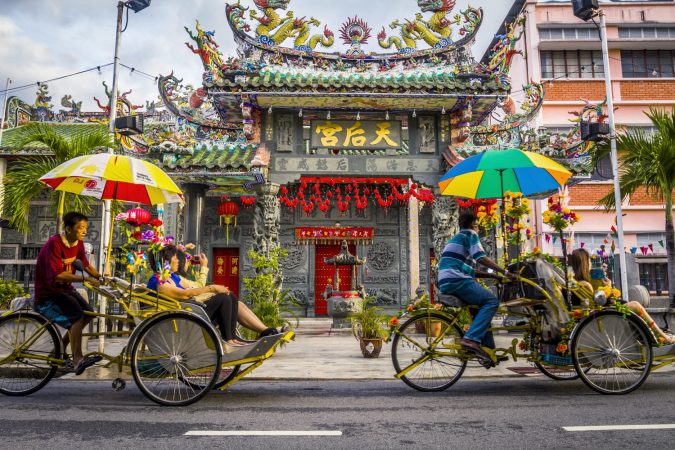
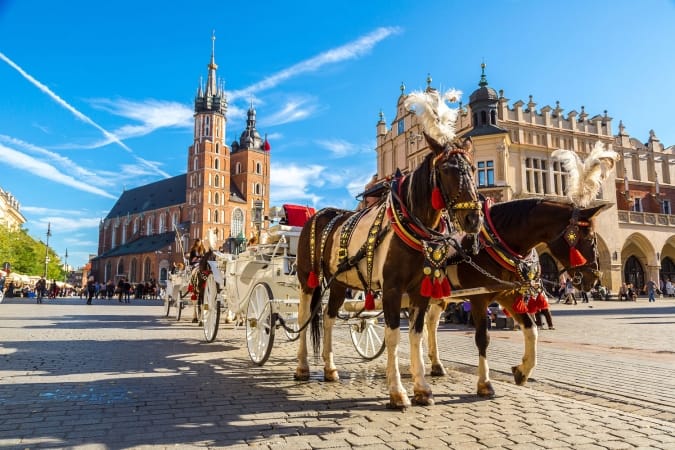
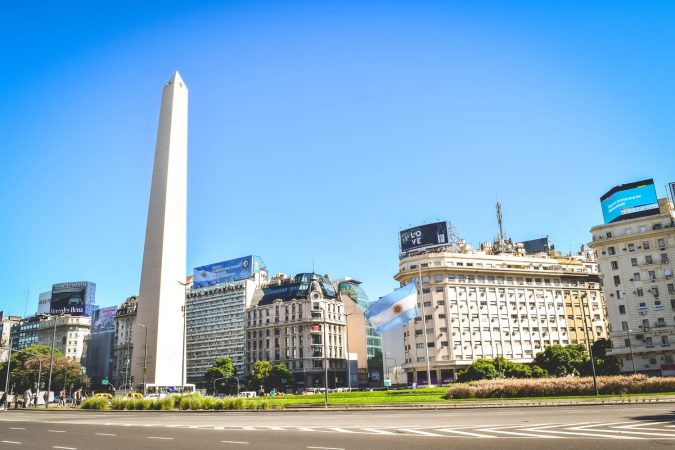
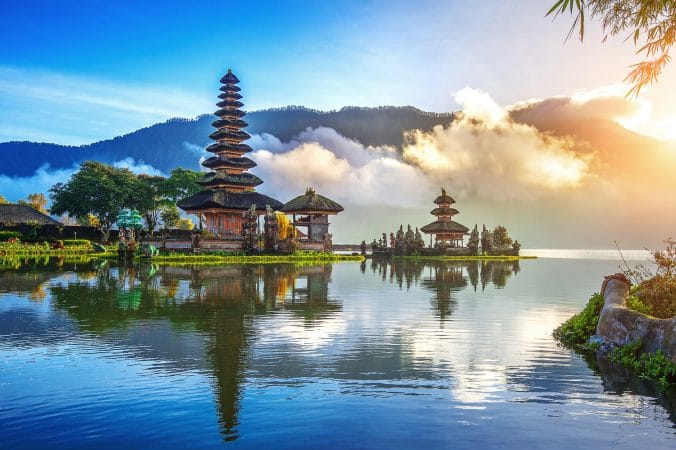
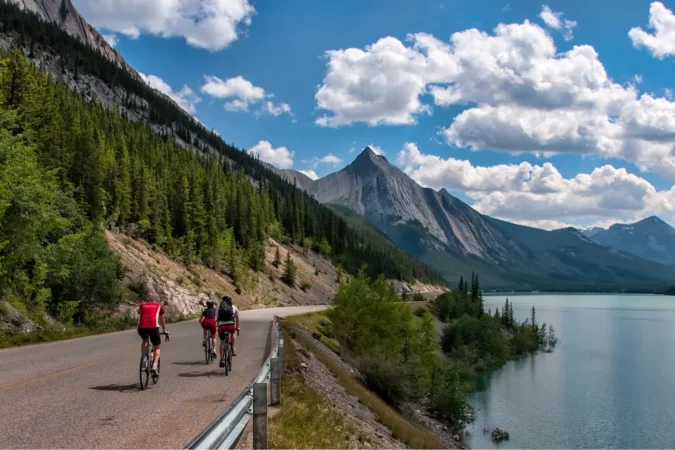
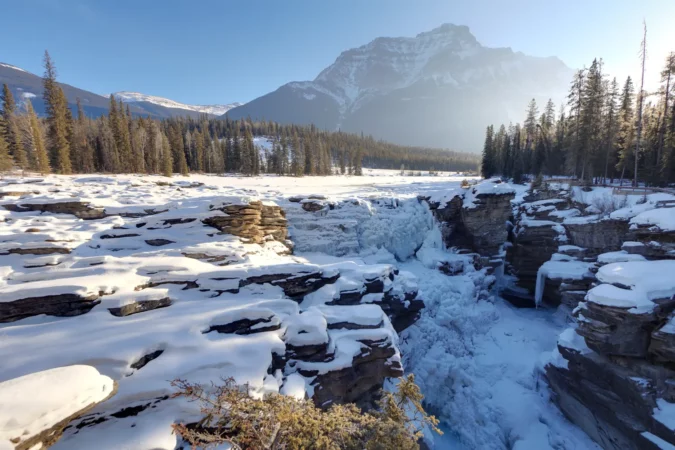
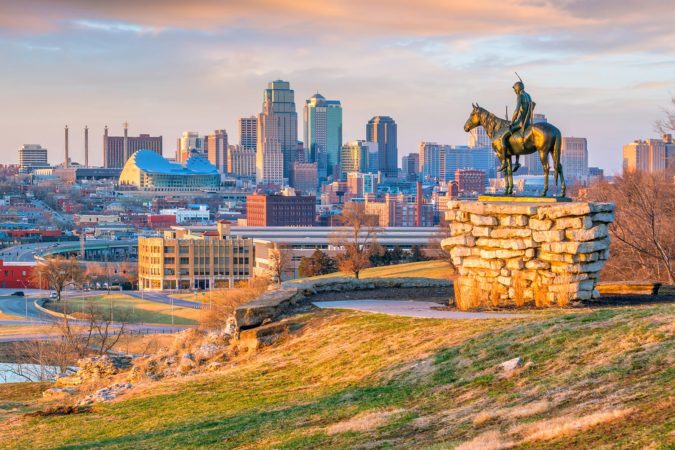
Comments